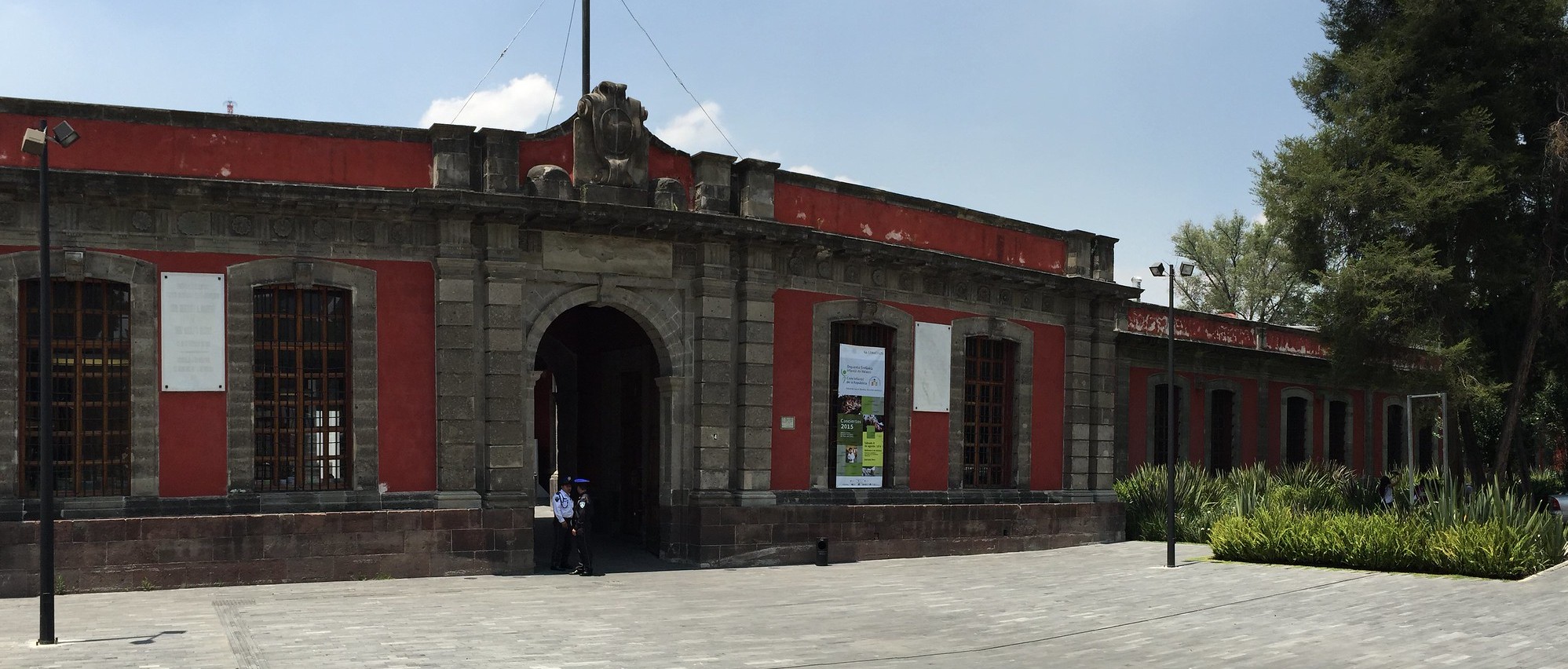
La Ciudadela, the Citadel, is not to be confused with the Ciudadela Market just to the north of the site. The actual Ciudadela, which lends its name to the market, is a magnificent building that went up between 1793 and 1807. It was designed by the Spanish architect, José Antonio González Velázquez to house the Royal Cigar Factory of Mexico (Real Fábrica de Puros y Cigarros de México).
Today the building houses the José Vasconcelos Library of Mexico (not to be confused with the Vasconcelos Library) and the Centro de la Imagen, the photography center of the National Council for Culture and the Arts.
But the building’s history, everything that happened between the cigar factory and the library of today, is what makes it fascinating. It’s a free place to visit, and most of its single ground-level floor can be strolled.
The building was commissioned by one of the final Viceroys of New Spain, Antonio María de Bucareli y Ursúa. He is remembered mostly for the nearby major avenue bearing his name.
The factory has a military appearance because it was originally planned by a military engineer named Miguel Constanzó. This is according to the historian Oscar Grajales López. The Royal Academy of Fine Arts of San Fernando awarded the project to the Spanish architect José Antonio González Velázquez. He began the project in 1793 and it wasn’t completed until 1807. The architect Ignacio Castera stepped in to finish the final stages of construction. The striking Neoclassical style is not enough to keep it from feeling like a low-slung fortress. In fact, it didn’t serve as a cigar factory for very long.
During the War of Independence, the building became both a military headquarters and a prison. Held by those loyal to the Spanish crown, they famously imprisoned national hero José María Morelos here. En route to his execution, he stopped to pray at the Pocito Chapel in La Villa de Guadalupe, before eventually being shot in Ecatepec. Morelos is still commemorated in the massive sculpture in the Ciudadela Plaza, just to the north of the building.
In 1816, pretty much at the height of the Independence campaign, Viceroy Félix María Calleja turned the building into an artillery bunker. It was one of his final acts as Viceroy. As people were still not over the execution of Morelos, among his other brutal acts, he was relieved of his position in September of 1816. But from that time on, the building has been known as La Ciudadela. It continued to serve as an armory and battery, prison, and barracks until the mid-20th century.
The building is, even today, most famous for the setting it provided to the Ten Tragic Days during the Mexican Revolution.
In 1913, loyalists to Félix Díaz Prieto, a nephew of Porfirio Díaz, escaped from prison. After several unsuccessful attempts to militarily oust the elected president, Francisco I. Madero, Díaz established his headquarters here. To earn Díaz’s support, General Victoriano Huerta signed a pact promising a place for Díaz under a Huerta regime.
Huerta did not honor the pact. But during the siege of La Ciudadela, opponents badly deceived President Madero. The opposition brutally murdered the president’ss brother, Gustavo Adolfo Madero who’d been imprisoned here. The same soldiers, still loyal to Díaz, later assassinated Naval Captain and Chief of the National Palace, Adolfo Bassó, and a journalist named Manuel Oviedo. It’s a grave and important and well-remembered site.
Frankly, the building needed a long rest. In 1944, the President decided to house the Library of Mexico here. It opened in 1946 under director, José Vasconcelos. In 2000, President Ernesto Zedillo changed its name to the Library of Mexico “José Vasconcelos.”
Later in 2012, architects Alejandro Sánchez and Bernardo Gómez Pimienta did a major remodeling. Reopened under the name City of Books, the library acquired numerous personal collections.
Today, just walking through it should give you a sense of many of these things. It’s free and open during most days, and even a cursory stroll through gives you a good idea of all of the above.
 bmdg@correo.conaculta.gob.mx
bmdg@correo.conaculta.gob.mx
 +52 (55) 4155 0830
+52 (55) 4155 0830
 http://www.bibliotecademexico.gob.mx/
http://www.bibliotecademexico.gob.mx/
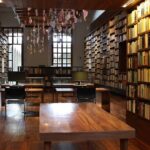
Nearest at 0.01 kms.
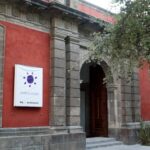
Nearest at 0.10 kms.
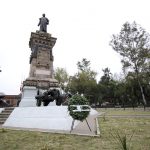
Nearest at 0.15 kms.
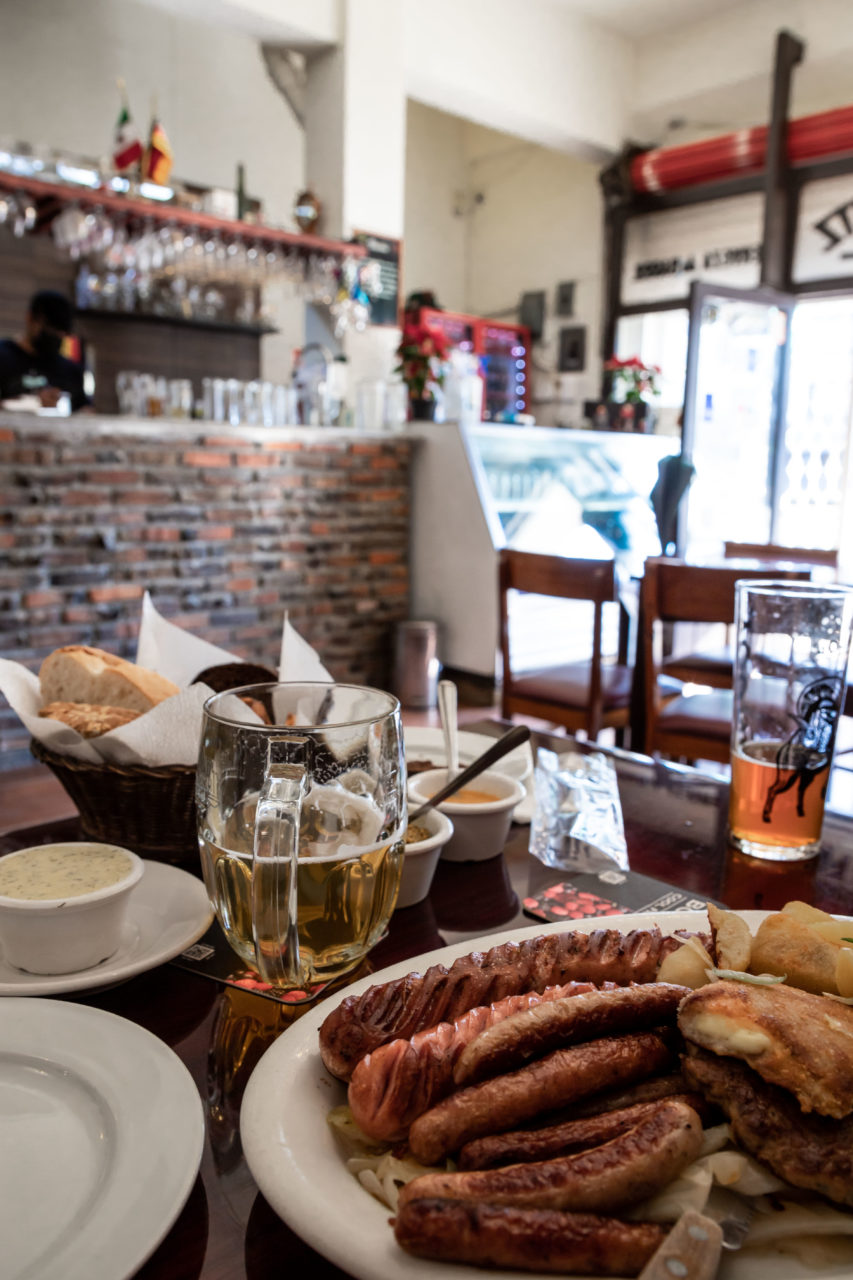
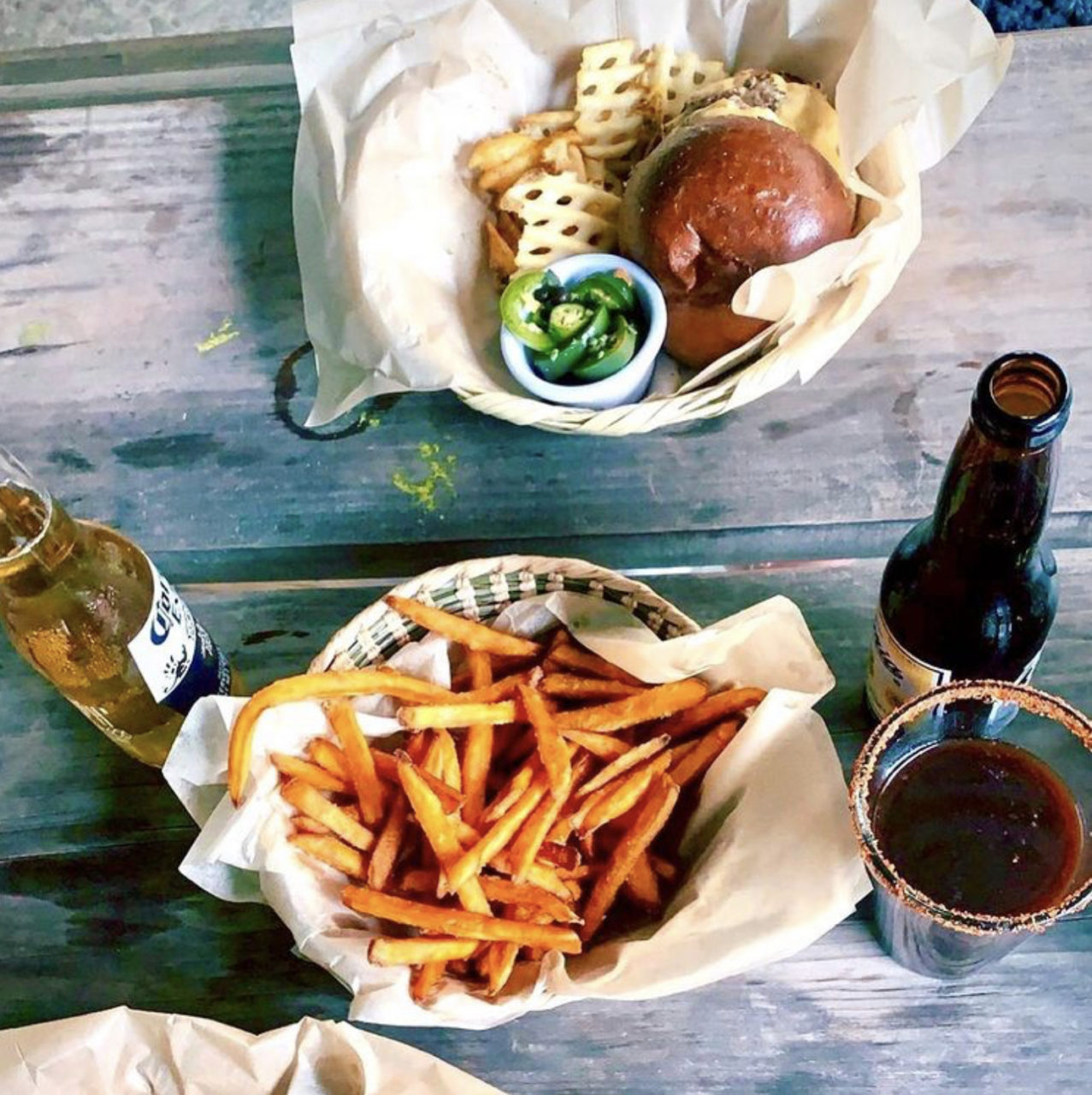
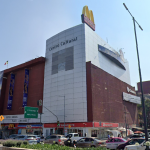
A major center for Musical Theater and a monument to a resiliante spirit...
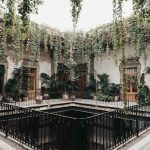
Two magnificent 120-year-old homes re-purposed for today's hi-profile events.

A good one to watch for contemporary art from young and emerging artists...
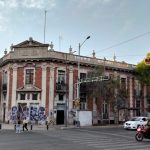
One of Mexico City's favorite historic housing complexes...
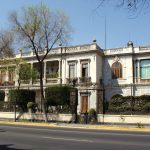
Still Bucareli's most prominent address...